Innovative Eco-Friendly Furniture Concepts: Design that Nurtures Home and Planet
Chosen theme: Innovative Eco-Friendly Furniture Concepts. Step into a world where materials, craft, and technology come together to create furniture that is beautiful, durable, and gentle on the Earth. Join our community, share your ideas, and subscribe for fresh inspiration that turns sustainable living into everyday joy.
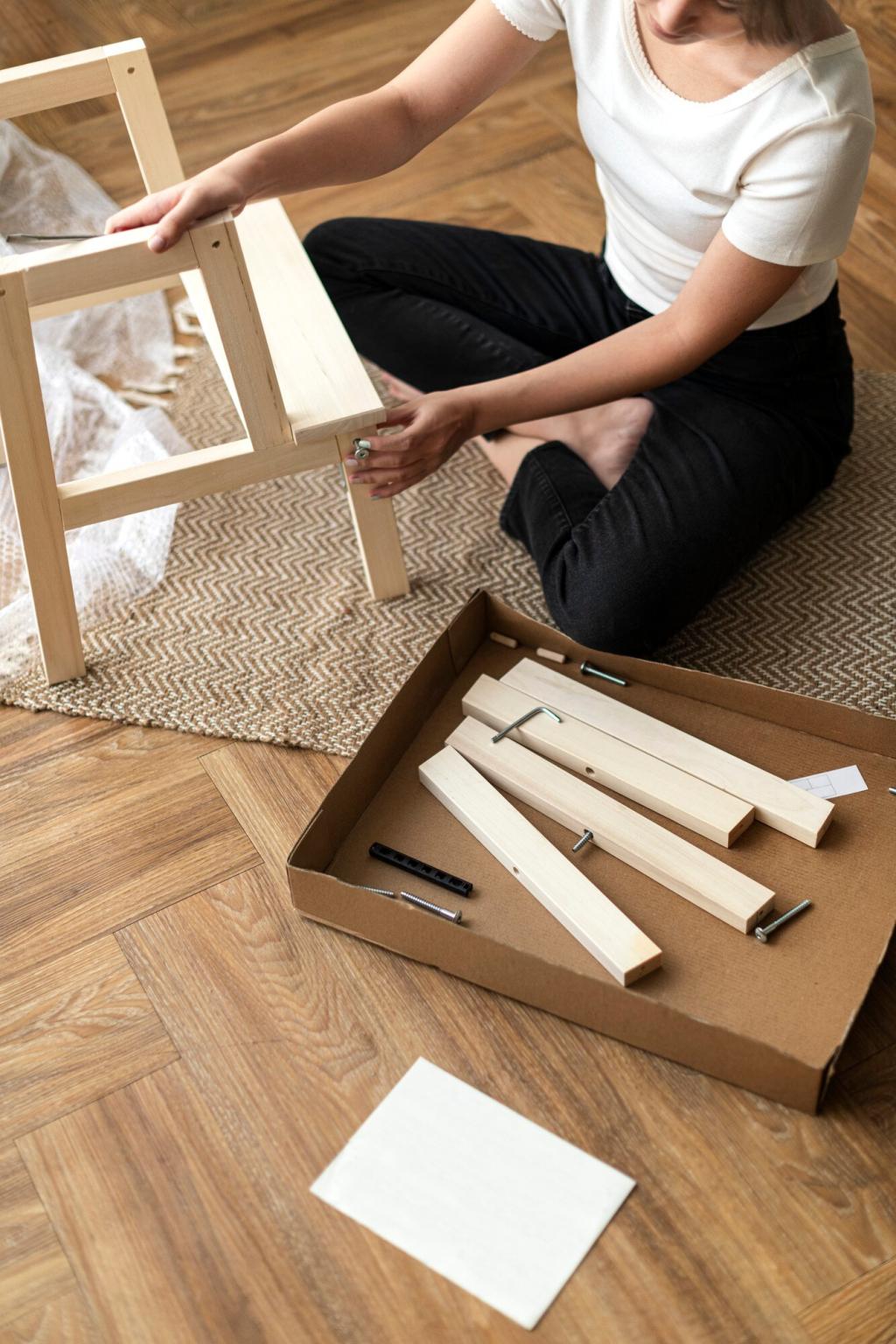
Materials Revolution in Sustainable Design
Plant-Based Composites that Feel Like Tomorrow
Imagine a dining chair molded from hemp fiber and bio-resin, strong enough for family dinners yet light on the planet. Designers pair agricultural waste streams with biodegradable binders, achieving strength, warmth, and repairability. Tell us which plant-based materials you would trust at home, and why they inspire you.
Reclaimed Wood with Honest Character
A craftsman in Portland once salvaged beams from a decommissioned bridge, revealing nail holes and weathered grain that became a storytelling coffee table. Every scratch whispered history. Share your favorite reclaimed wood finds or photos; your story might inspire others to rescue timber with soul and purpose.
Recycled Metals and Responsible Finishes
Frames built from post-consumer aluminum reduce energy usage while offering sleek strength and full recyclability. Low-VOC powder coatings replace solvent-heavy finishes, protecting indoor air. Comment if you have tested non-toxic finishes at home, and tell us how the scent and feel changed your daily comfort.
Circular Design and Modular Lifecycles
Replaceable legs, standardized screws, and visible fasteners make repairs intuitive instead of intimidating. A parent wrote us after swapping a broken bracket in minutes, saving both the shelf and the weekend. Would you try a repair kit subscription, or do you prefer open-source schematics you can download anytime?
Circular Design and Modular Lifecycles
One couple started with two modules in a tiny studio, then added a corner piece when their family expanded. Covers zip off for washing, frames accept new arms, and cushions update with improved foams. Tell us how your living space evolves, and which module you would add first to support that change.

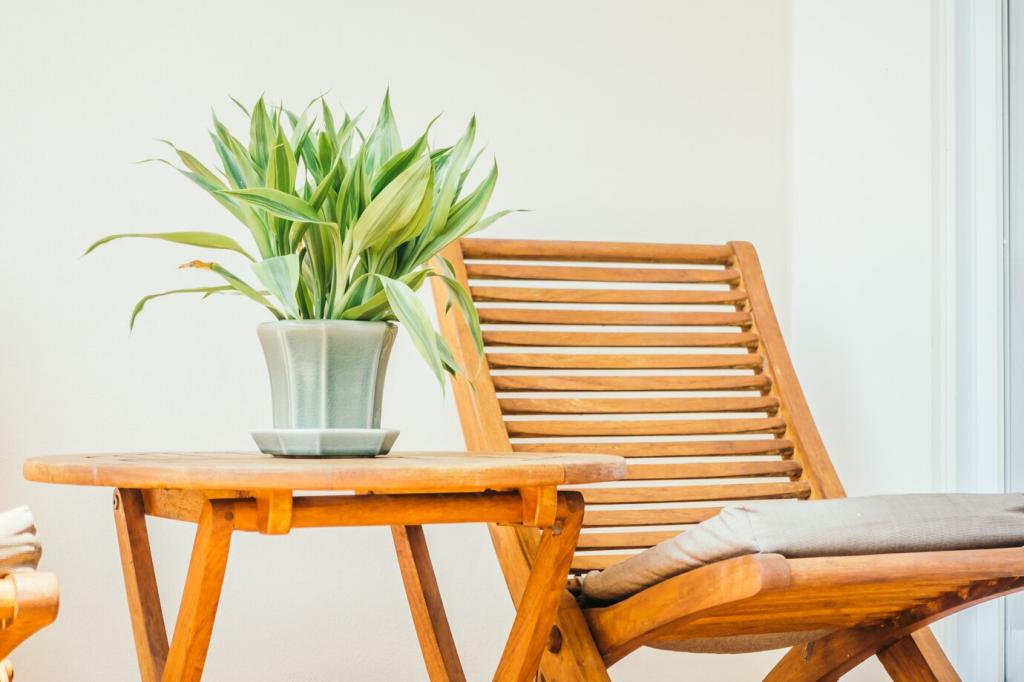
A student wrote us about a wall-mounted bamboo desk that folds into an art panel at night, clearing floor space for yoga. Bamboo grows rapidly, needs fewer inputs, and brings gentle warmth. Would a foldaway system help you focus, or do you prefer a compact corner desk with hidden storage?
Smart Minimalism for Small Spaces
Open shelves made from recycled aluminum frames and cork panels let air move around books and plants, reducing dust and moisture. Adjustable pegs evolve with your collection. Share your small-space challenges, and we’ll curate ideas that transform tight corners into calming, efficient, and greener sanctuaries.
Smart Minimalism for Small Spaces

A small maker co-op mapped cutting patterns to generate almost no offcuts, then turned remaining slivers into inlay art. The result was a table that literally contains its own waste. Would you celebrate visible seams and mosaics that reveal the making process instead of hiding it under veneers?
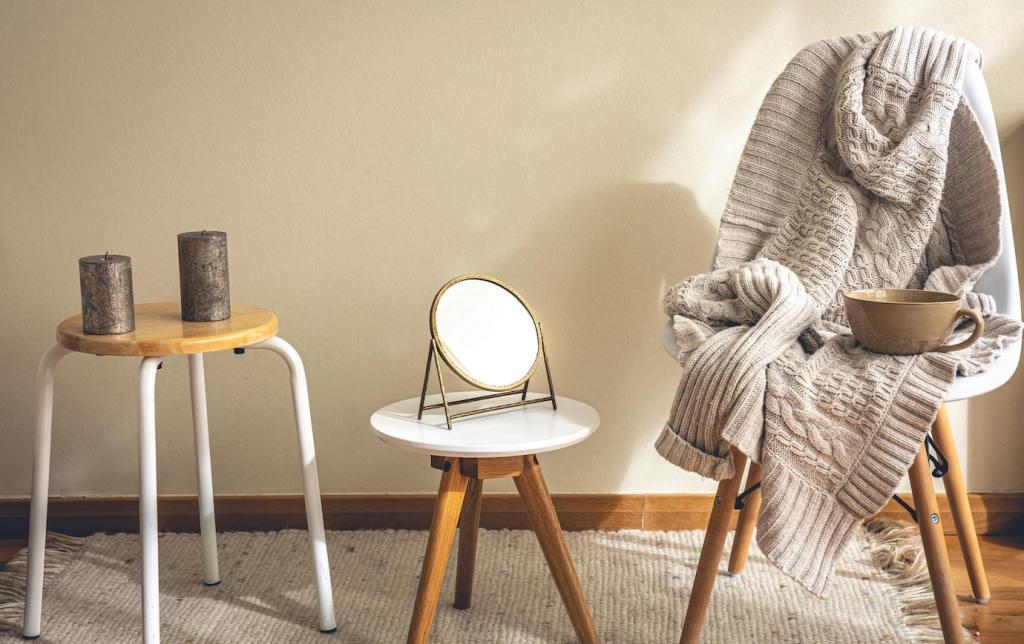
On Saturday mornings, neighbors gather to learn joinery on shared equipment, repairing chairs instead of discarding them. A chipped heirloom seat got new life and new memories. Join our forum to meet local makers, find tool libraries, and trade tips that anchor sustainable design in real relationships.
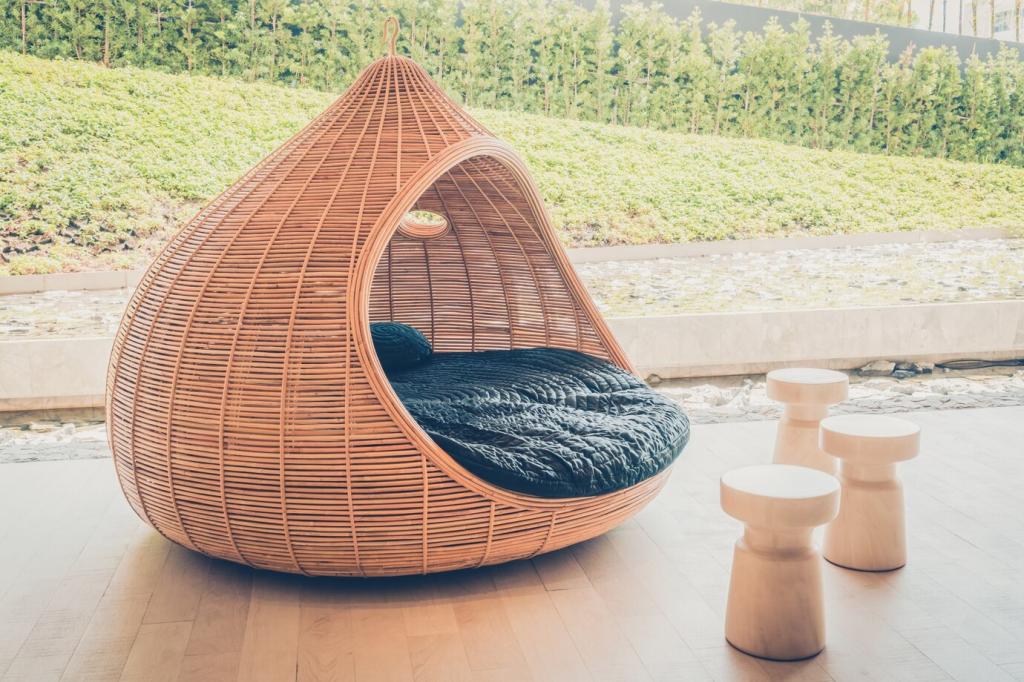
QR codes on a stool reveal the forest stewardship certificate, finishing shop, and hours invested by each artisan. Transparency does not just inform; it connects you to the hands behind your home. Would supply chain maps influence what you buy, and what details matter most to you personally?
Biophilic Forms and Healthier Indoor Air
Casework assembled with water-based glues and plant oils reduces harmful emissions while showcasing natural grain. Parents report fewer headaches and a fresher smell after swapping synthetic finishes for linseed blends. Have you noticed air quality changes after an upgrade, and which products made the biggest difference at home?
Biophilic Forms and Healthier Indoor Air
Edges softened like river stones and patterns inspired by leaf venation create calmer rooms and gentle touchpoints. Designers use CNC to carve low-waste reliefs that invite hands to explore. Tell us which biophilic shapes soothe you most, and we will feature your favorites in a future design roundup.
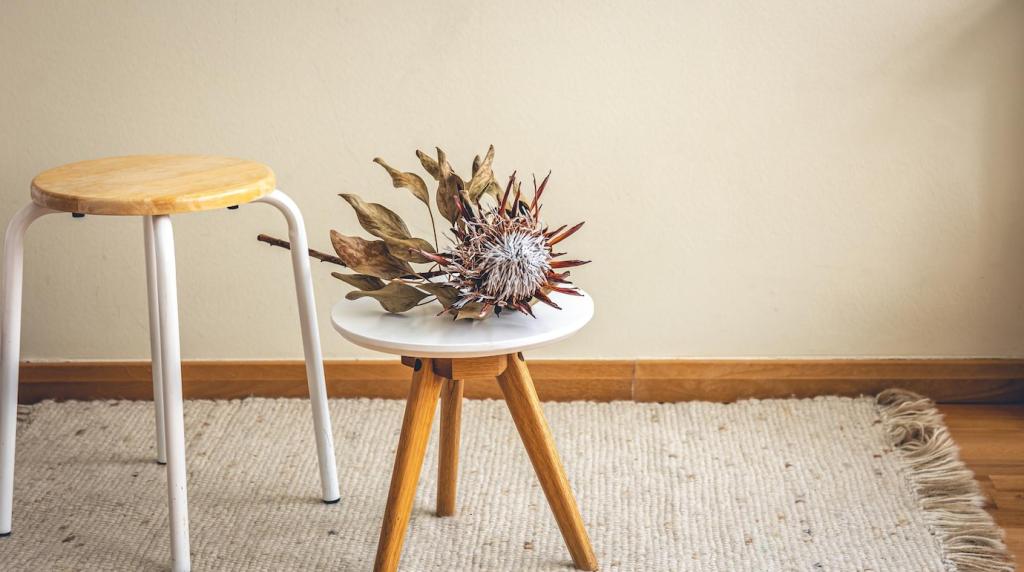
Measuring Impact with Data and Care
Life Cycle Assessment that Guides Choices
Design teams model raw material extraction, manufacturing energy, shipping, use, and eventual recovery. The surprises often appear in logistics. Share your location and we will explore local sourcing strategies that reduce miles traveled while keeping quality, longevity, and repair access front and center.
Carbon Labels for Everyday Decisions
Clear carbon labels empower you to compare a reclaimed oak bench with a new composite stool. One reader chose the heavier bench because local sourcing beat imported weight. Would transparent tags change your habits, and which metrics do you find clearest when deciding between beautiful, responsible options?
Durability as the Greenest Feature
A table that lasts thirty years outperforms a flimsy replacement every five. Mortise and tenon joints, reversible cushions, and timeless proportions extend usefulness and love. Tell us which heirloom pieces anchor your home, and what details made them last through moves, meals, and countless conversations.
Future Horizons in Sustainable Furniture
Seaweed Textiles and Mycelium Foams
Kelp-based textiles resist mildew and dry quickly, perfect for breathable upholstery. Mycelium foams cushion seats without petroleum, composting at end-of-life. Would you sit on a mushroom-grown cushion if comfort matched your current favorite, and what tests would convince you it is ready for family life?
3D Printing with Recycled Sawdust
Large-format printers bind wood flour into curved shells that traditional tools struggle to shape, minimizing waste and enabling repair by reprinting parts. Share which sculptural forms you dream of, and we will explore parametric models that adapt to your space without wasting valuable materials.
Renewable Energy in the Workshop
Solar kilns dry lumber gently, preserving grain while cutting emissions. Small shops run on rooftop arrays, timing high-energy tasks to sunny hours. If your community had a shared solar-powered maker space, which project would you prototype first to push sustainable design from concept to cherished object?
